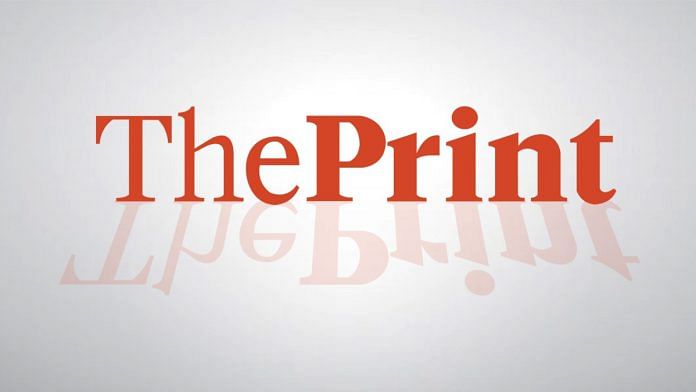New Delhi, Jun 25 (PTI) Iconic Kalighat pat paintings depicting Hindu gods and goddesses, the privileged castes and classes – the ‘bhadralok’ – of Bengal, and sex workers at ‘The Babu and The Bazaar’ at DAG here attempt to unravel parts of the 19th-century Calcutta’s history, culture and gendered hierarchies.
While at its centre are the Kalighat pats, the exhibition, curated by historian and scholar Aditi Nath Sarkar, features oil paintings, reverse paintings on glass, and early printmaking depicting the city of Calcutta which stood at the crossroads of tradition and modernity in the 18th- and early-19th century.
According to Sarkar, the Kali temple at Kalighat in then-Calcutta aided the growth of an adjoining market that sold memorabilia to tourists, including drawings in watercolours on mass-produced mill paper, which came to be known as Kalighat pats.
“In its heyday, the watercolour paintings mostly depicted divine iconography, such as the Kalighat Kali, Durga, Jagaddhatri, Annapurna, Shiva, Ganesha, Kartikeya, and a host of other gods,” Sarkar writes in a book accompanying the exhibition.
The exhibition showcases paintings depicting scenes from Hindu scriptures, including Narsimha disemboweling Hiranyakashipu, Krishna vanquishing Bakasura, Durga killing Mahishasur, Shiva riding Nandi, Ram darbar, and Jatayu battling Ravana.
While a large part of the exhibition is devoted to the watercolour paintings of Hindu gods, goddesses and scenes of religious importance, a section also explores secular themes, “such as erotica depicting sex workers, caricatures of the privileged castes and classes, and social commentary”.
Among the more “secular” works are a collection of paintings depicting the quintessential Bengali ‘babu’, a man from the elite class, who is often a subject of satire or domestic ridicule being chastised by a woman, seemingly his wife.
Talking about the ‘Early Bengal’ oil paintings at the exhibition, Sarkar said the style emerged from the Calcutta elite wanting something that better befitted their elevated status.
“We witness a hybridised genre of oil painting coming into existence as artists were commissioned to create art by Bengali aristocrats and wealthy merchants. Variously labelled ‘Dutch Bengal’ and ‘French Bengal’ due to their presence in Chinsura and Chandannagar, they are today known as ‘Early Bengal’ oil paintings,” she added.
The exhibition, which took five years to be realised, also features oil paintings depicting divinities and humans in exquisite jewellery and clothing.
While female figures are elaborately shown in patterned sarees of gold and red with abundant ornaments, male figures are shown in dhotis and kurtas, sometimes with capes and headdresses that rival their partners.
The exhibition also features Chinese-origin reverse-glass paintings as well as the early Bengal prints from the 19th century.
The oil paintings and prints on exhibition show that the themes of these later art schools were still inspired by Kalighat pat with religious iconography dominating the styles.
The prints on show include wood engravings on paper depicting Krishna’s childhood, Dakshinakali, Durga puja, Ram darbar, lithograph on paper showing Ram avatar, Kali-Krishnamata and other depictions of goddess Kali.
The exhibition will come to an end on July 1. PTI MAH RDS RDS
This report is auto-generated from PTI news service. ThePrint holds no responsibility for its content.






